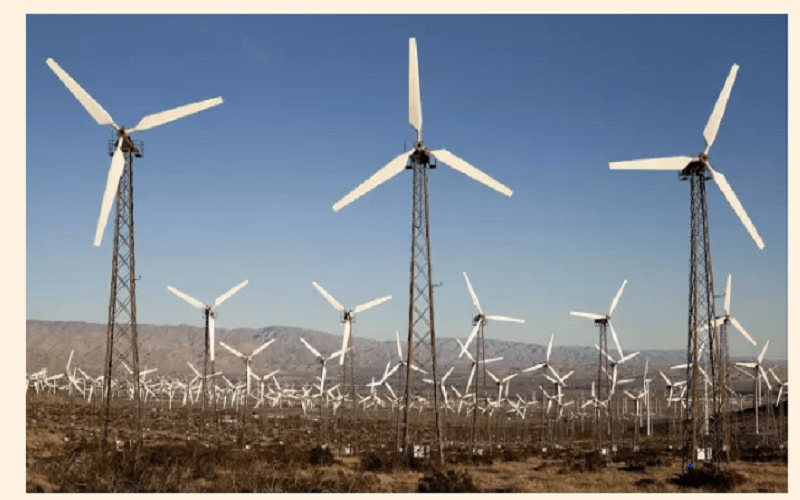
The plunging cost of wind and solar power mean they will be cheaper than coal-fired generation in many countries within five years, and will provide a third of the world’s electricity in about 25 years, a leading analysis firm has predicted.
It gives a very different view of the energy outlook from the projections set out by large oil companies such as ExxonMobil, demonstrating the uncertainties that exist in any assessment of possible futures for the industry.
Bloomberg New Energy Finance, which compiles the most widely-used data on investment in renewables, says unsubsidised solar power costs less than electricity from new coal-fired plants in the US, Germany and Australia, and by 2021 will reach that tipping point in other countries including China, India, Britain and Mexico.
In its New Energy Outlook report, published on Thursday, BNEF predicts that by 2040, 34 per cent of the world’s electricity will come from wind and solar power, up from 5 per cent today.
By contrast, Exxon’s most recent forecast is that all renewable sources excluding hydro power will provide just 11 per cent of the world’s electricity in 2040.
Big oil companies including Exxon, BP and Statoil produce regular assessments of the outlook for world energy over the next 25 years or so, which are used internally to inform investment decisions, and externally to try to influence public and political debate.
The divergence of views about the outlook is a reminder that these forecasts are well-informed estimates rather than infallible predictions.
Oil companies argue the advantages of fossil fuels, including high energy density, ease of storage, flexibility and cost, means they will continue to dominate the energy landscape for decades to come.
Ethan Zindler, analyst at BNEF, said there could nevertheless be very significant changes in the global energy mix by 2040.
“Given the rate of change that we have already seen in the power sector, to assume a status quo scenario is a risky forecast,” he added.
Over the past nine years, the cost of wind power has dropped by 71 per cent, and solar by 83 per cent, in the US. BNEF projects these expense declines into the future, predicting that the levelised cost of electricity will by 2040 drop by 47 per cent for onshore wind and 66 per cent for photo-voltaic solar.
These price declines mean that in the BNEF forecast, renewables become increasingly competitive against both coal and gas-fired power generation, without any government subsidies.
Source: www.ft.com